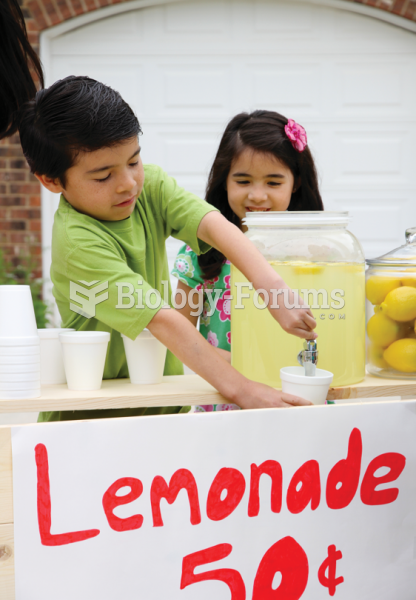Answer to Question 1
Answer: This case shows the rigidity that develops as a result of violating several principles of creative problem solving. A class discussion uses the questions at the end of the case as a focus. The following are brief answers to the questions.
At least the following five conceptual blocks are present:
Vertical thinking (not considering other alternatives to past strategies
Artificially constraining problems (The Japanese . . . would not launch an attack against any American possession.)
Past experiences causing stereotyping (Kimmel continually received assurances from the members of his in-group that confirmed past decisions)
Lack of inquisitiveness (Kimmel failed to inquire about several messages he received)
Not separating figure from ground (He and his advisors devoted considerable attention to the exact wording of the memo.
Kimmel clearly used a participative decision style, but he also generated limited alternatives and selected the easiest satisfactory solution. His inclination was to logically analyze memos in detail, but to maintain the status quo.
Almost any of the principles listed in the text could aid information gathering and alternative generation.
Often managers in organizations surround themselves with at least some individuals who take a confrontational, challenging role. This helps guard against groupthink, stimulates information gathering from a wider variety of sources, and avoids the tendency to make overly restrictive assumptions. Another structure Kimmel could have used was a formal information gathering and checking unit. When unclear memos were received, that unit would obtain additional information.
Answer to Question 2
Answer: This case shows the rigidity that develops as a result of violating several principles of creative problem solving. A class discussion uses the questions at the end of the case as a focus. The following are brief answers to the questions.
At least the following five conceptual blocks are present:
Vertical thinking (not considering other alternatives to past strategies
Artificially constraining problems (The Japanese . . . would not launch an attack against any American possession.)
Past experiences causing stereotyping (Kimmel continually received assurances from the members of his in-group that confirmed past decisions)
Lack of inquisitiveness (Kimmel failed to inquire about several messages he received)
Not separating figure from ground (He and his advisors devoted considerable attention to the exact wording of the memo.
Kimmel clearly used a participative decision style, but he also generated limited alternatives and selected the easiest satisfactory solution. His inclination was to logically analyze memos in detail, but to maintain the status quo.
Almost any of the principles listed in the text could aid information gathering and alternative generation.
Often managers in organizations surround themselves with at least some individuals who take a confrontational, challenging role. This helps guard against groupthink, stimulates information gathering from a wider variety of sources, and avoids the tendency to make overly restrictive assumptions. Another structure Kimmel could have used was a formal information gathering and checking unit. When unclear memos were received, that unit would obtain additional information.







